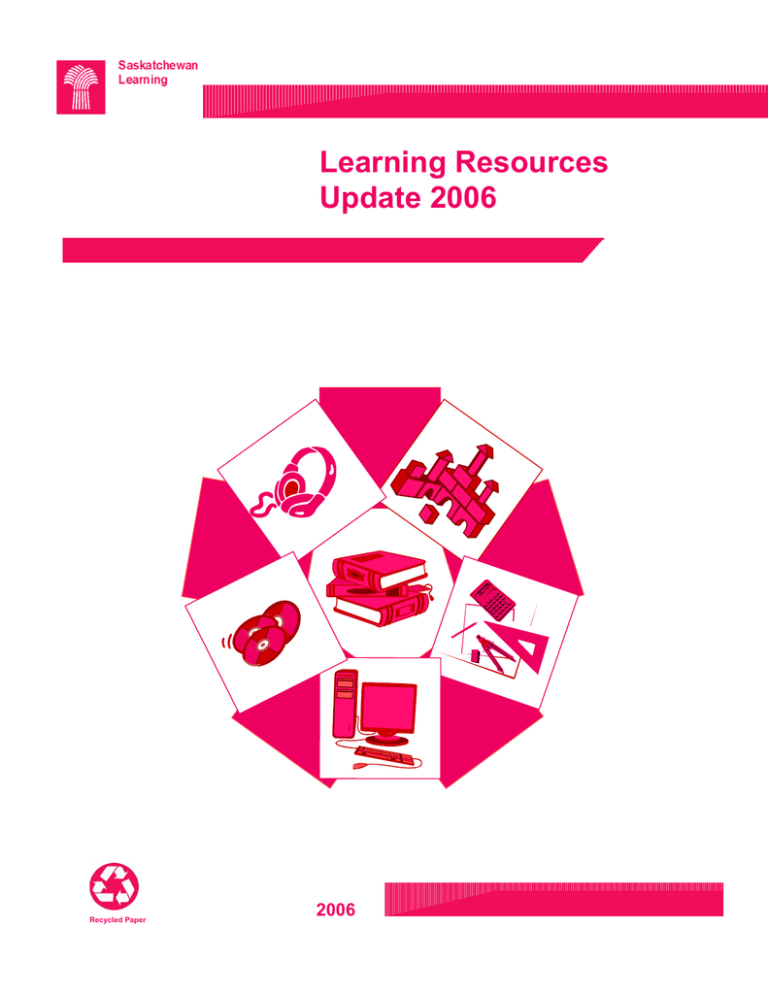

- #CANADIAN ELECTRICAL CODE PART 1 UPDATE#
- #CANADIAN ELECTRICAL CODE PART 1 SERIES#
The proposal allows for liquid-tight flexible metal and non-metallic conduit to be used in a manner less restrictive due to updates in the technology of the product. Relaxation of liquid-tight flex use – see 2018 CEC Rule 12-1302. This will have implications for overhead sub-distribution systems using neutral supported cables (ie. There is to be no connection to the non-current carrying conductive parts on either the supply side or load side of the grounding connection. Grounding of overhead sub-distribution (10-208 “other” buildings) – see 2018 CEC Rule 10-212. The code only requires the conductor to be electrically continuous, not without a splice. Splicing of system grounding permitted – see 2018 CEC Rule 10-116. In a renovation, adding to an existing circuit does not require the entire circuit to be AFCI protected. AFCI in renovation scenarios – see 2018 CEC Rule 26-656. Under 750V the transformer can be grounded by the system bonding conductor in the primary supply. Grounding transformer with feeder cable – see 2018 CEC Rule 10-212. Changes to section 32 regarding allowance for Smoke alarms and Smoke/CO alarms to be connected to branch circuits protected by AFCI or GFCI. Smoke Alarm – Battery Back-up – AFCI/GFCI – see 2018 CEC Rule 32-200. The 2018 code requires that all Hazardous area classifications are to be carried out by a "qualified person" as defined in Section 0 of the code. Qualified person (Hazardous Locations) – see 2018 CEC Rule 18-004. New rules for new technology – Power over Ethernet. Power over Ethernet – see 2018 CEC Rule 16-300. New rules for new technology – “T-Bar” grid power systems. 
#CANADIAN ELECTRICAL CODE PART 1 SERIES#
Suspended ceiling power distribution systems – see 2018 CEC Rule 12-2300 series. The code has always allowed conduit to be installed directly below a slab on grade, the new 2018 code now references raceways and armoured or metal sheathed cables as well. Cable installations under slabs on grade – see 2018 CEC Rule 12-012. 
The new 10-210 allows for only a single connection to the system grounding conductor by the identified conductor through a bonding jumper.Single Point Grounding – see 2018 CEC Rule 10-210.This is not the case in most TECK/ACWU cables.

Changes to section 10 require bonding bushings unless the cable’s metal sheath is in continuous contact with the cable bonding conductor.
In previous codes a bond bushing was not required on service cable (ie. Bonding cables at service equipment -– see 2018 CEC Rule 10-604. New rules for calculating demand when using an energy management system. Electrical Vehicle Energy Management Systems – see 2018 CEC Rules 8-002, 8-106, 8-500 and 86-302. In a service switch, the line and load conductors cannot cross or contact each other. Separation of line and load conductors in service switches – see 2018 CEC Rule 6-212. You now require an identified conductor (white) at each switch. Identified conductors at switch locations – see 2018 CEC Rule 4-022. Rule now includes requirements for transformer clearances. Working Space around transformers has changed – see 2018 CEC Rule 2-312. These are the top changes you’ll need to know about when performing regulated electrical work as of January 1, 2020: The new code includes several changes to support electrical workers in the safe installation and maintenance of electrical equipment and systems which came into effect on January 1, 2020. #CANADIAN ELECTRICAL CODE PART 1 UPDATE#
You can get a complete update on these Code changes and satisfy a part of your continuing education requirement through any of these online courses.īC’s Electrical Safety Regulation has been amended to include the adoption of the 2018 version of the Canadian Electrical Code. If you need to renew an FSR certificate, you will need to complete a continuing education requirement in order to qualify for renewal.








 0 kommentar(er)
0 kommentar(er)
